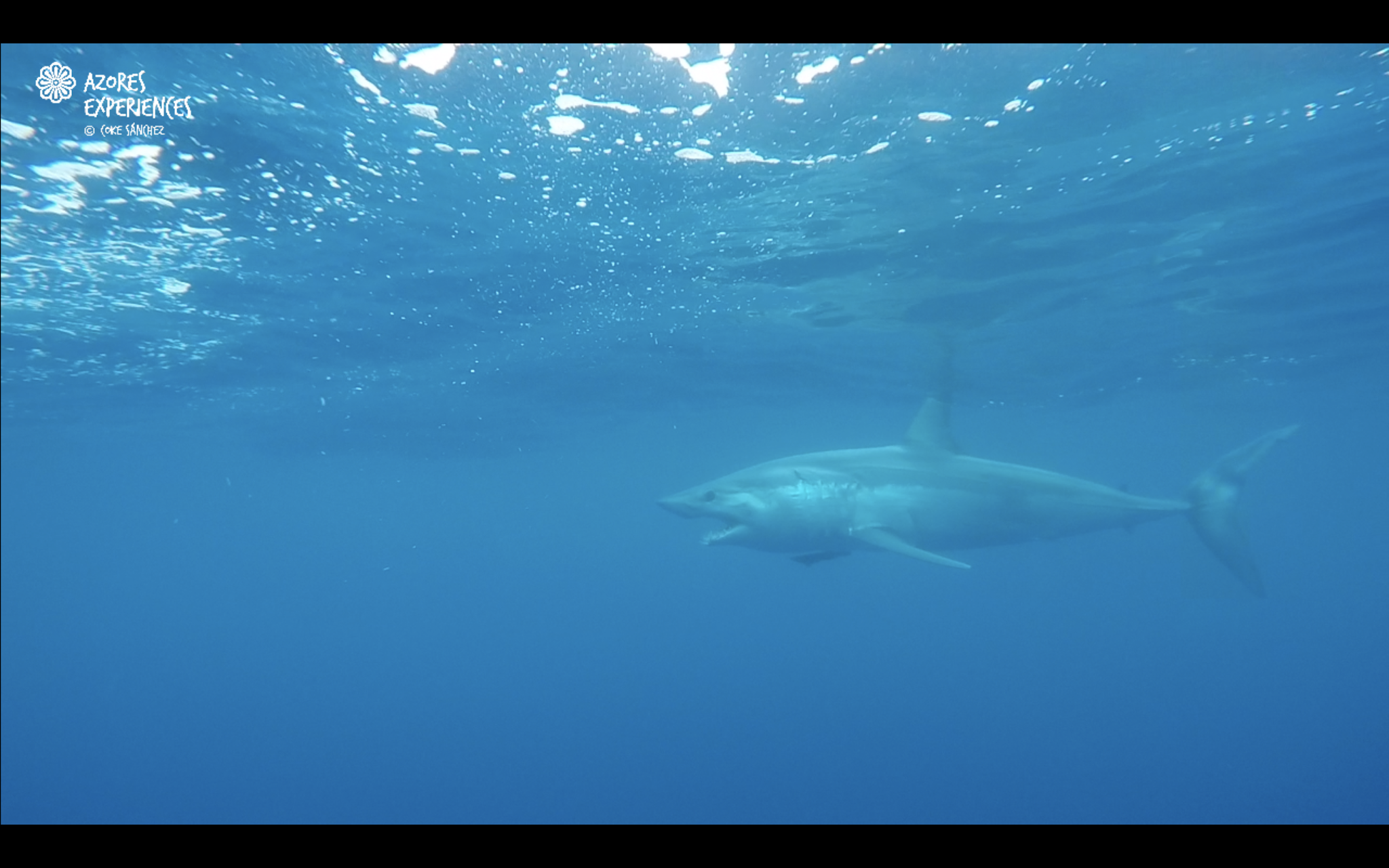The (not so) silent world

Le monde du silence (1956), co-directed by Jacques-Yves Cousteau and Louis Malle, filmed in the Mediterranean and Red seas, the Persian Gulf and the Indian Ocean, is an icon of underwater cinematography. The film faced strong criticism due to the environmental damage done during the filmmaking. However, far from discussing how environmentally conscious were Cousteau and Malle, we wish to discuss how silent this world truly was. Pilot whales in the Southern coast of Pico island. In fact, the ocean is a very noisy place. Ambient sound is an important aspect of the marine habitat, and noise in the ocean is the result of both natural –including geological and biological– and anthropogenic sources. These sources, when analysed together, provide insight into the acoustic scene. Today we are going to focus on the natural sources of marine sounds . Natural sources of noise include processes such as earthquakes, wind-driven waves, rainfall, bubbles, bio-acoustic sound generation –eg...



